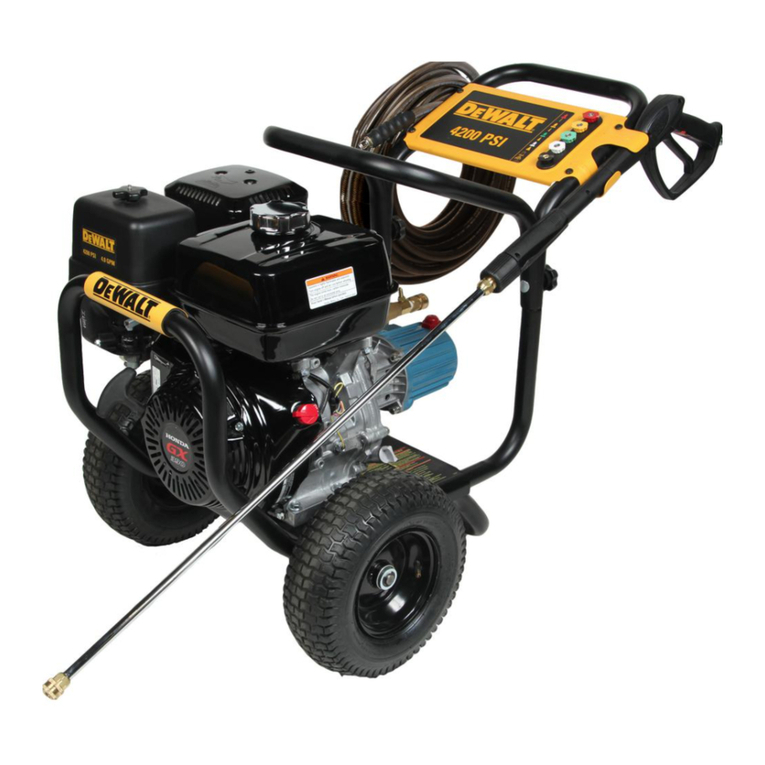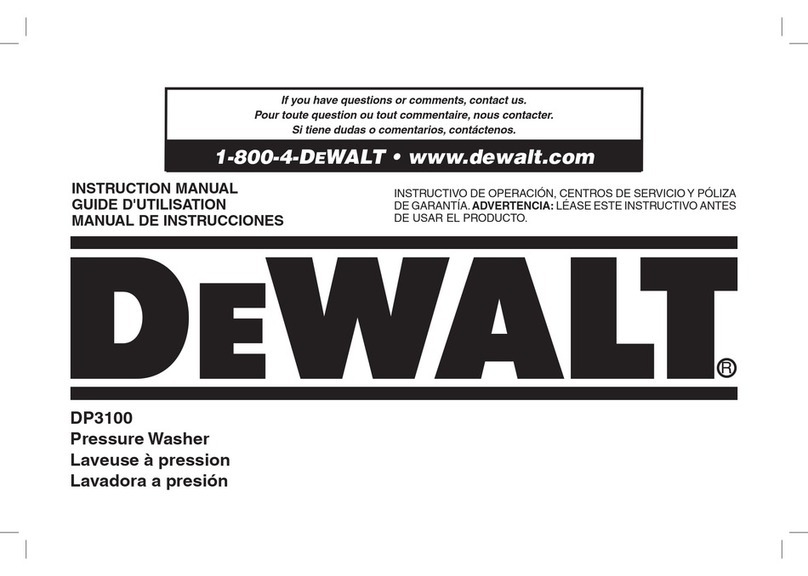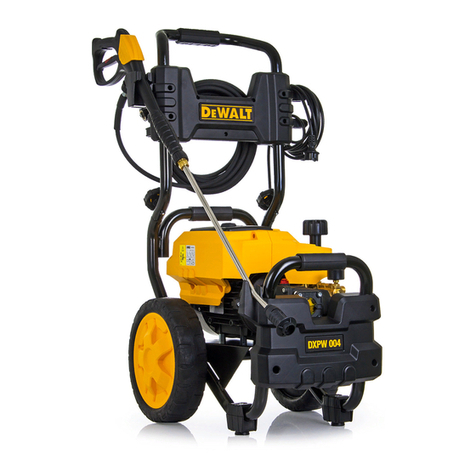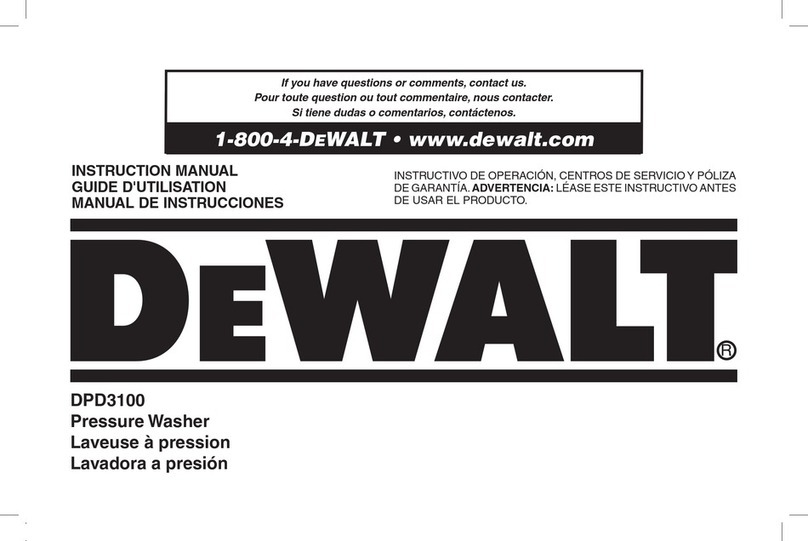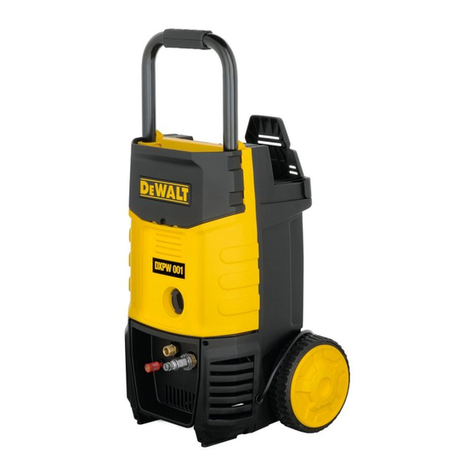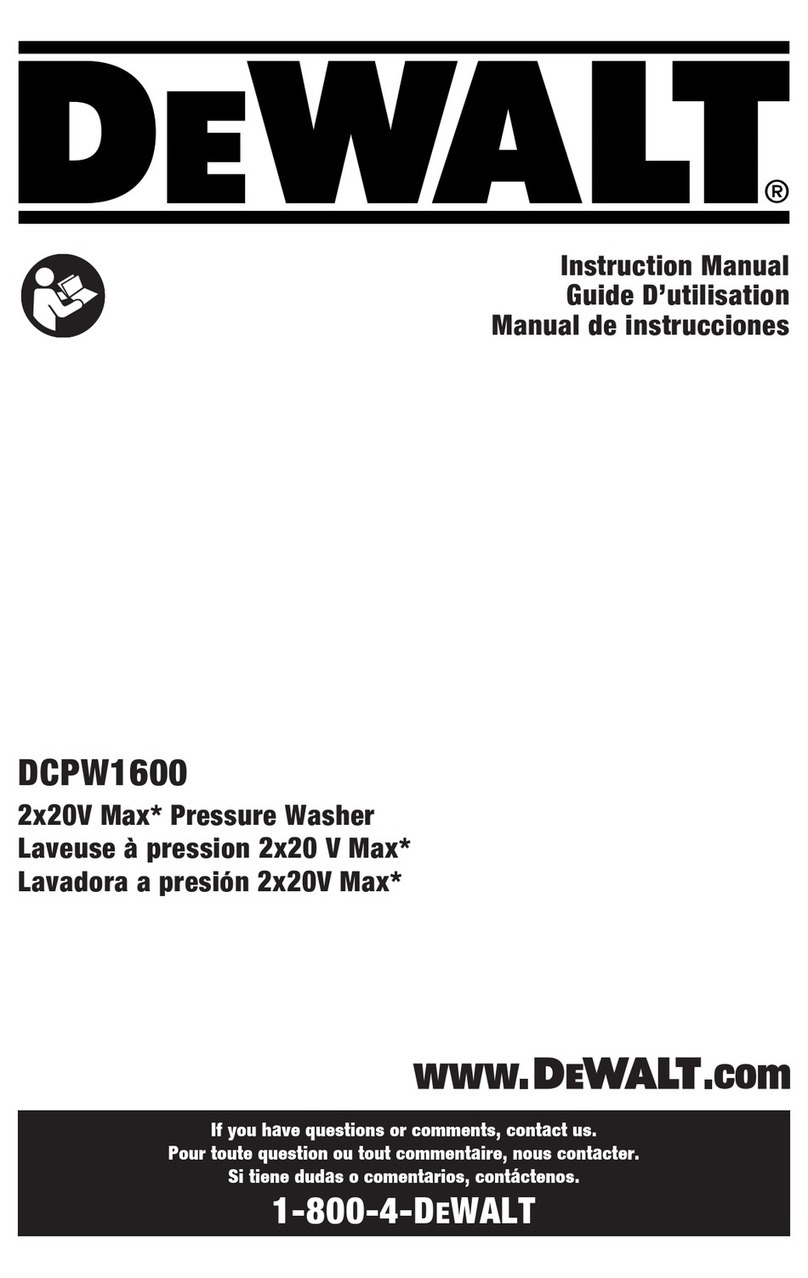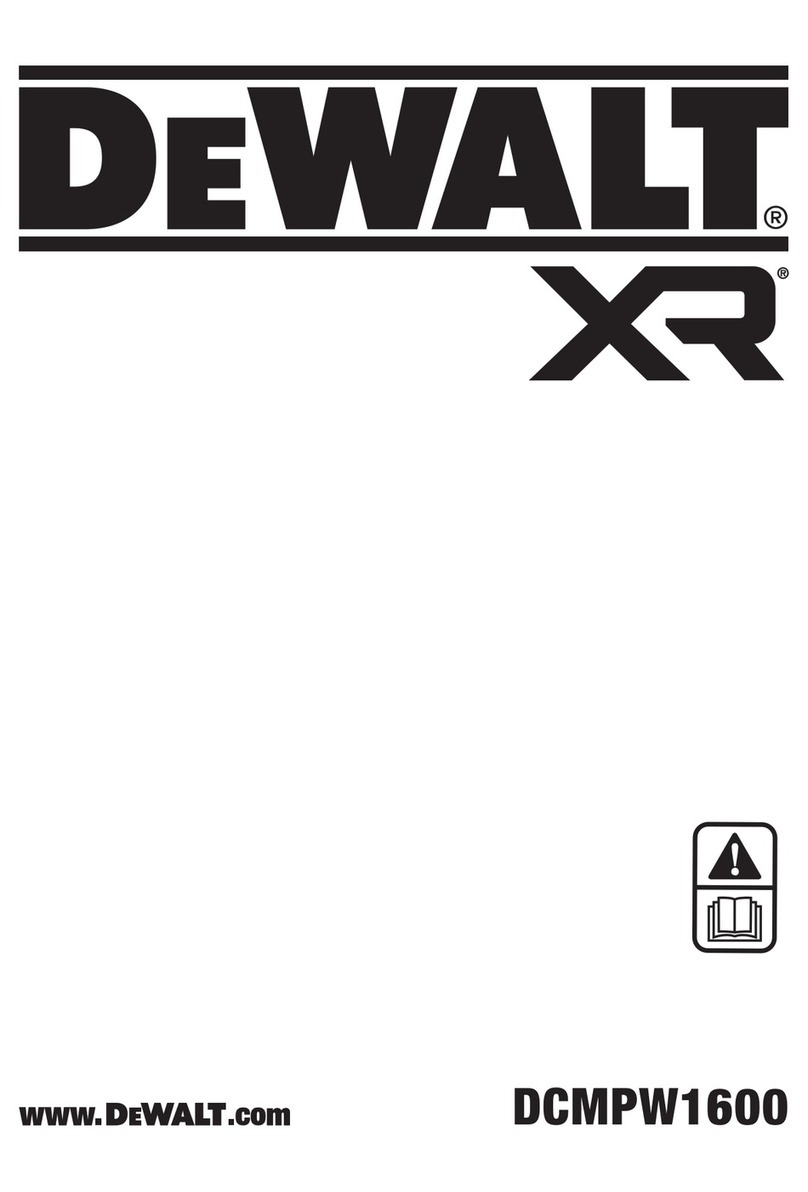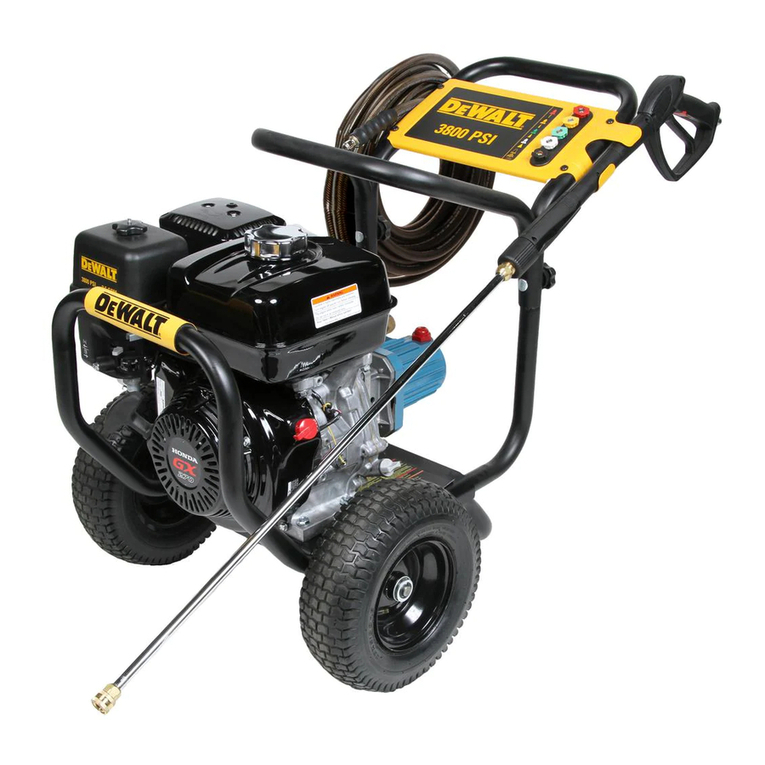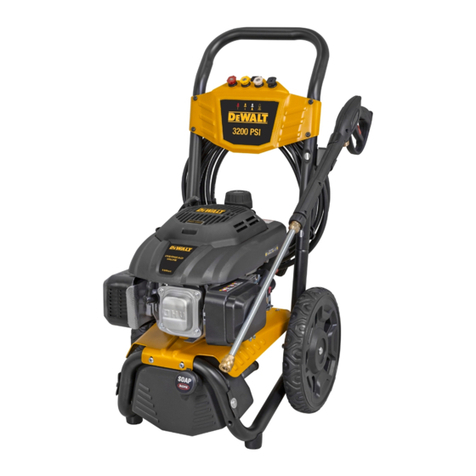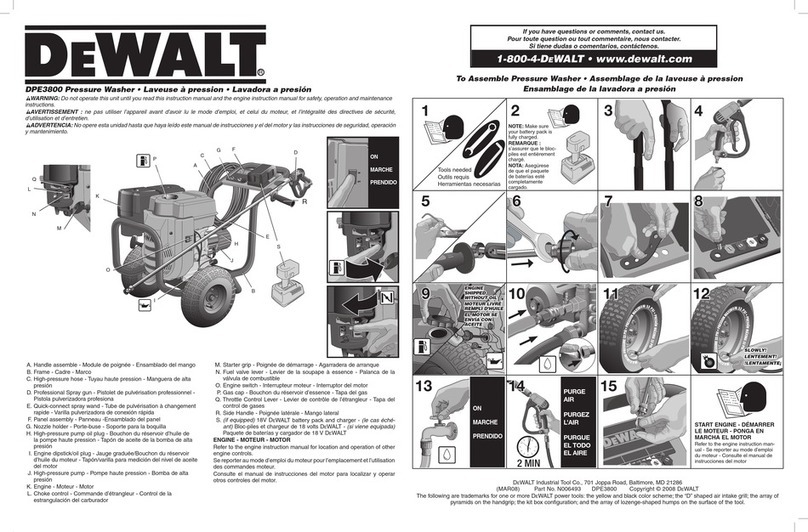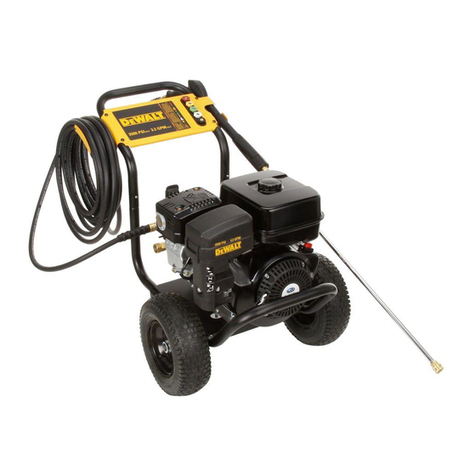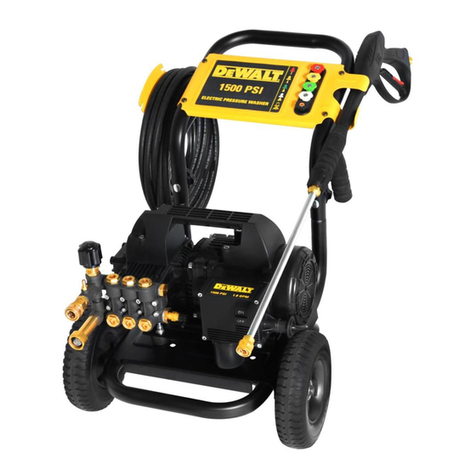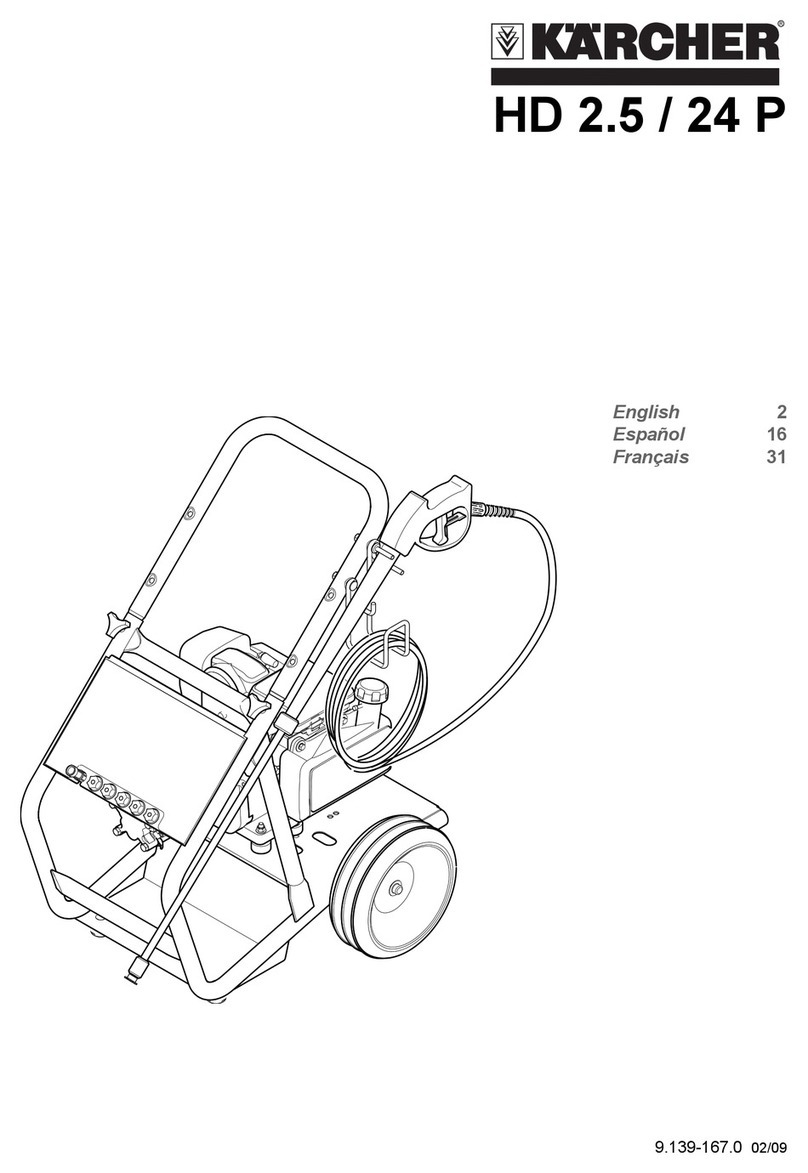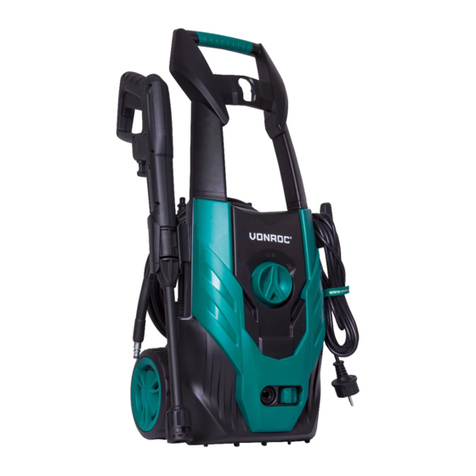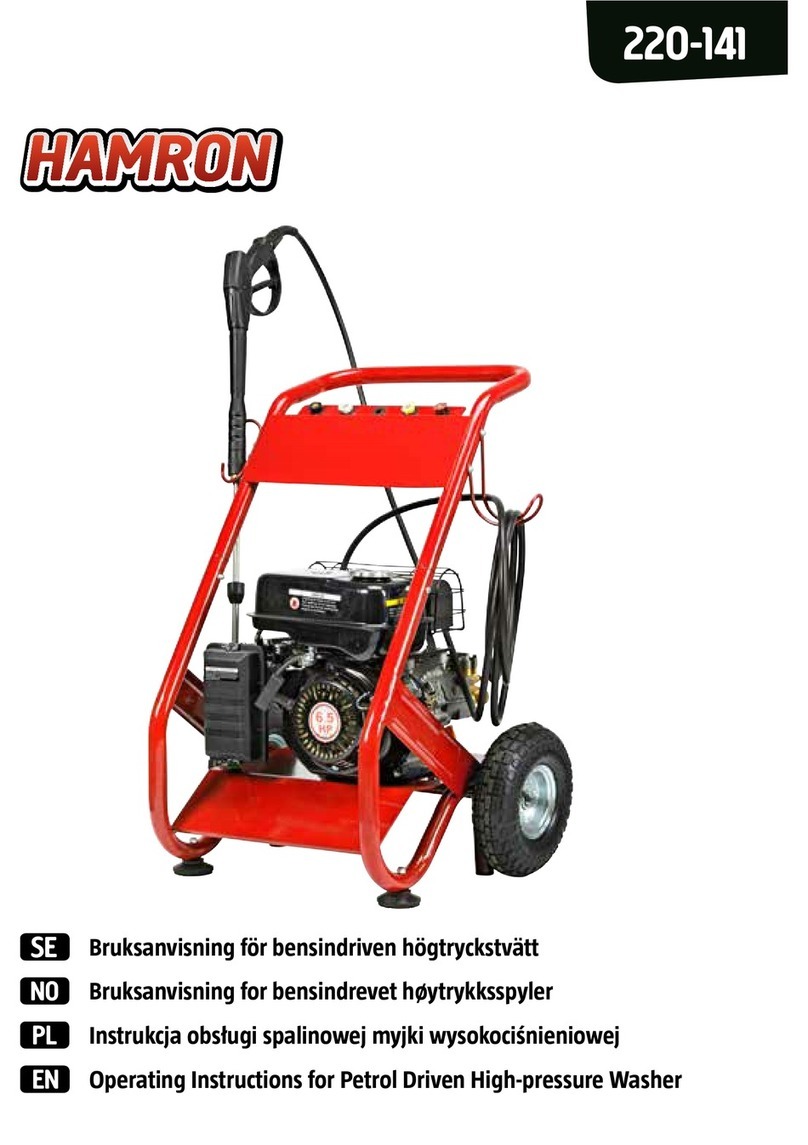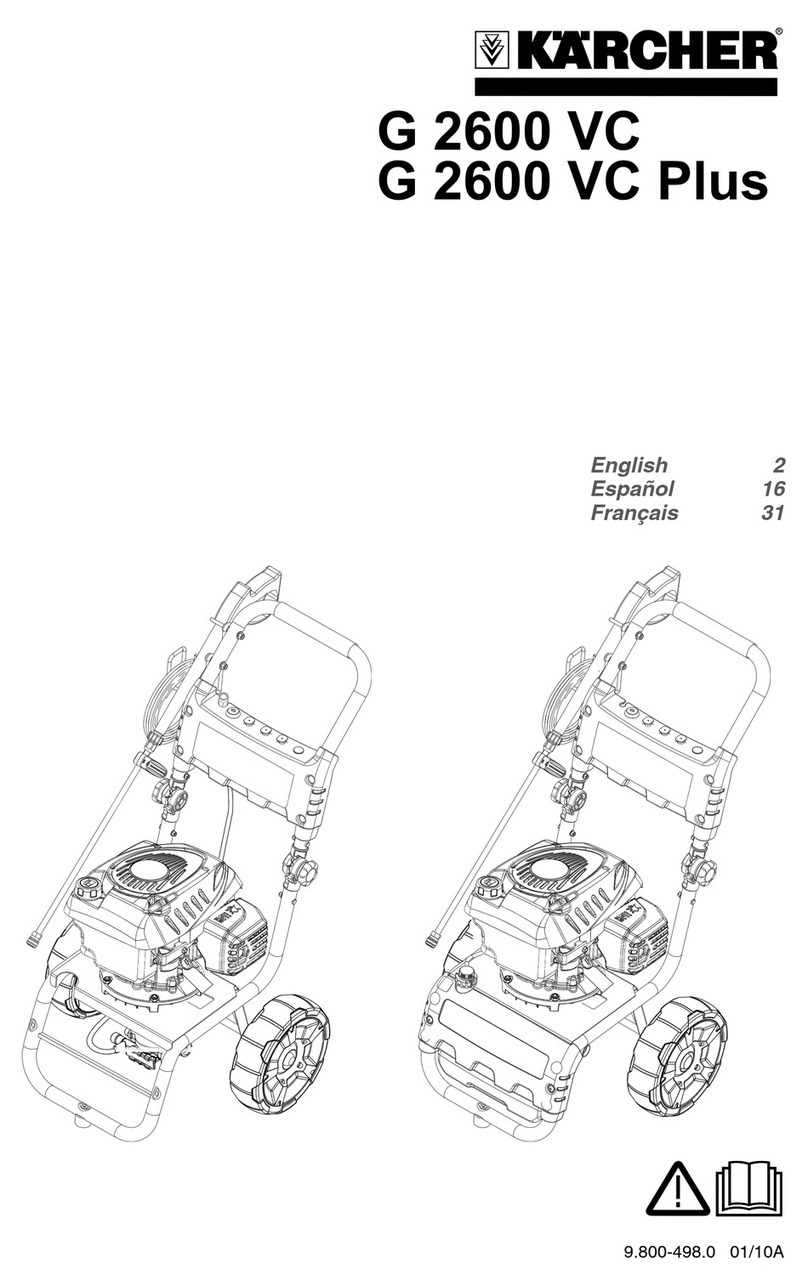
8
WARNING: Read all safety warnings and all
instructions. Failure to follow the warnings and
instructions may result in electric shock, fire and/or
seriousinjury.
WARNING: Never modify the product or any part of
it. Damage or personal injury couldresult.
WARNING: To reduce the risk of injury, read the
instructionmanual.
IF YOU HAVE ANY QUESTIONS OR COMMENTS ABOUT THIS
CONTACT US AT: 1–877–362–4271
Definitions: Safety Alert Symbols andWords
This instruction manual uses the following safety alert
symbols and words to alert you to hazardous situations and
your risk of personal injury or propertydamage.
DANGER: Indicates an imminently hazardous
situation which, if not avoided, will result in death or
seriousinjury.
WARNING: Indicates a potentially hazardous
situation which, if not avoided, could result in death
or seriousinjury.
CAUTION: Indicates a potentially hazardous situation
which, if not avoided, may result in minor or
moderateinjury.
(Used without word) Indicates a safety
relatedmessage.
NOTICE: Indicates a practice not related to
personal injury which, if not avoided, may result in
propertydamage.
Important Safety Instructions
DANGER: Carbon Monoxide. Using an engine
indoors can kill you in minutes. Engine exhaust
contains high levels of carbon monoxide (CO),
a poisonous gas you cannot see or smell. You
may be breathing CO even if you do not smell
engineexhaust.
WARNING: This product and its exhaust contain
chemicals known to the State of California
to cause cancer, and birth defects and other
reproductiveharm.
•NEVER use an engine inside homes, garages,
crawlspaces or other partly enclosed areas. Deadly
levels of carbon monoxide can build up in these
areas. Using a fan or opening windows and doors
does NOT supply enough freshair.
•ONLY use outdoors and far away from open
windows, doors and vents. These openings can
pull in engineexhaust.
•Even when the engine is used correctly, CO
may leak into your home. ALWAYS use a
battery‑powered or battery backup CO alarm
in your house. Read and follow all directions
for CO alarm before using. If you feel sick,
dizzy or weak at anytime, move to fresh air
immediately. See a doctor. You could have carbon
monoxidepoisoning.
WARNING: Do not operate this unit until you
read this instruction manual and the engine
instruction manual for safety, operation and
maintenanceinstructions.
WARNING: When using this product basic
precautions should always be followed, including
thefollowing:
1 . Read all instructions before using theproduct.
2 . To reduce the risk of injury, close supervision is
necessary when a product is used nearchildren.
3 . Know how to stop the product and bleed
pressures quickly. Be thoroughly familiar with
thecontrols.
4 . tay alert–watch what you aredoing.
5 . Do not operate the product when fatigued or
under the influence of alcohol ordrugs.
6 . Keep operating area clear of allpersons.
7 . Do not overreach or stand on unstable
support. Keep good footing and balance at
alltimes.
8 . Follow the maintenance instructions specified in
themanual.
DANGER: RISK OF INJECTION OR SEVERE
INJURY. KEEP CLEAR OF NOZZLE. DO NOT
DIRECT DISCHARGE STREAM AT PERSONS.
THIS PRODUCT IS TO BE USED ONLY BY
TRAINEDOPERATORS.
WARNING: This product may not be equipped with a
spark‑arresting muffler. If the product is not equipped
and will be used around flammable materials or
on land covered with materials such as agricultural
crops, forest, brush, grass or other similar items, then
an approved spark arrester must be installed and
is legally required in the state of California. It is a
violation of California statutes section 130050and/
or sections 4442and 4443of the California Public
Resources Code, unless the engine is equipped with
a spark arrester, as defined in section 4442, and
maintained in effective working order. Spark arresters
are also required on some U.S. Forest Service land
and may also be legally required under other statutes
andordinances.
WARNING: This product and its exhaust can expose
you to chemicals including lead and lead compounds,
and carbon monoxide, which are known to the State
of California to cause cancer and birth defects or
other reproductive harm. For more information go to
www.P65Warnings.ca.gov.
SAVE THESE INSTRUCTIONS

